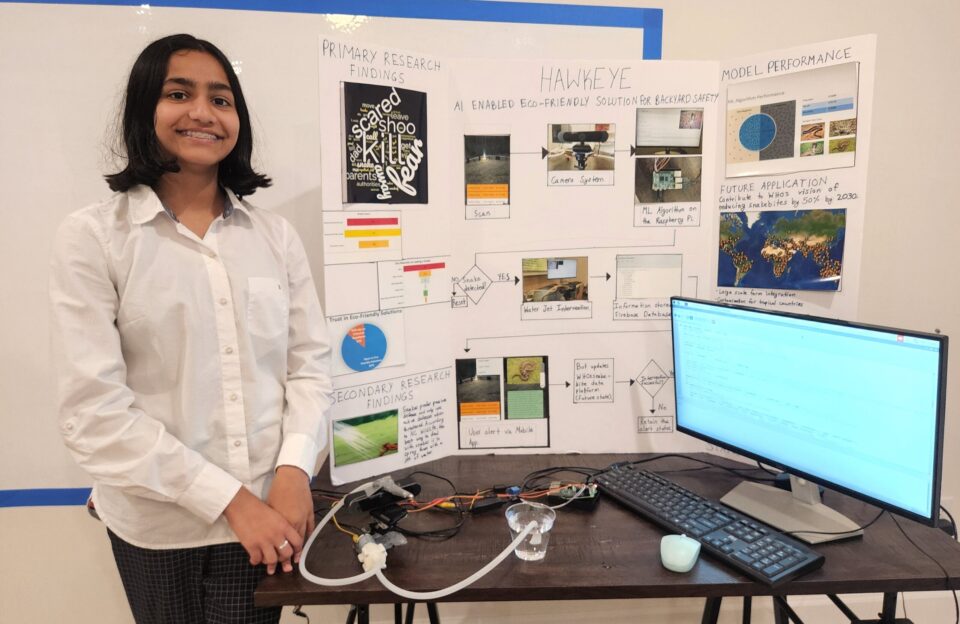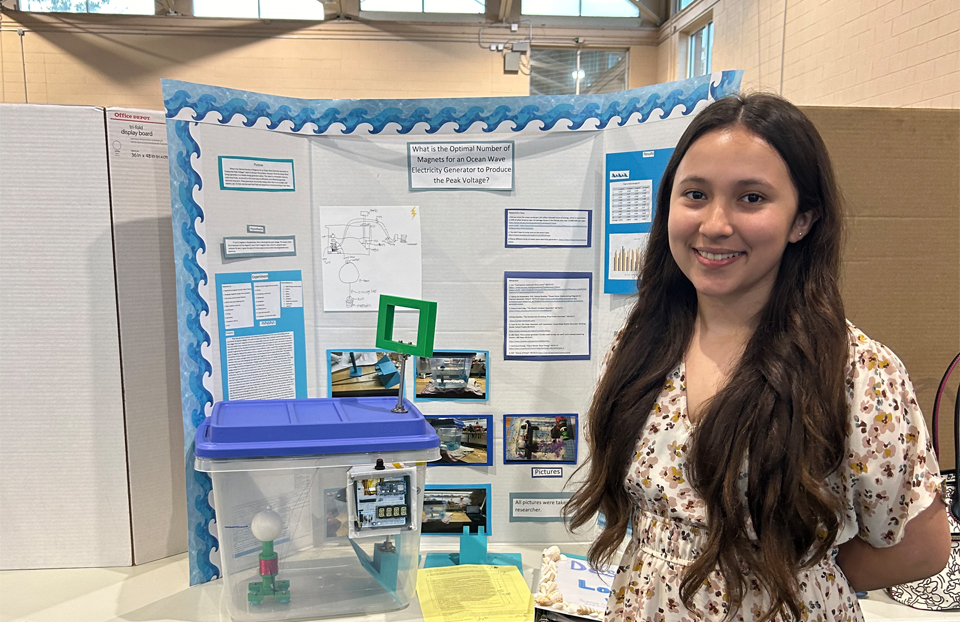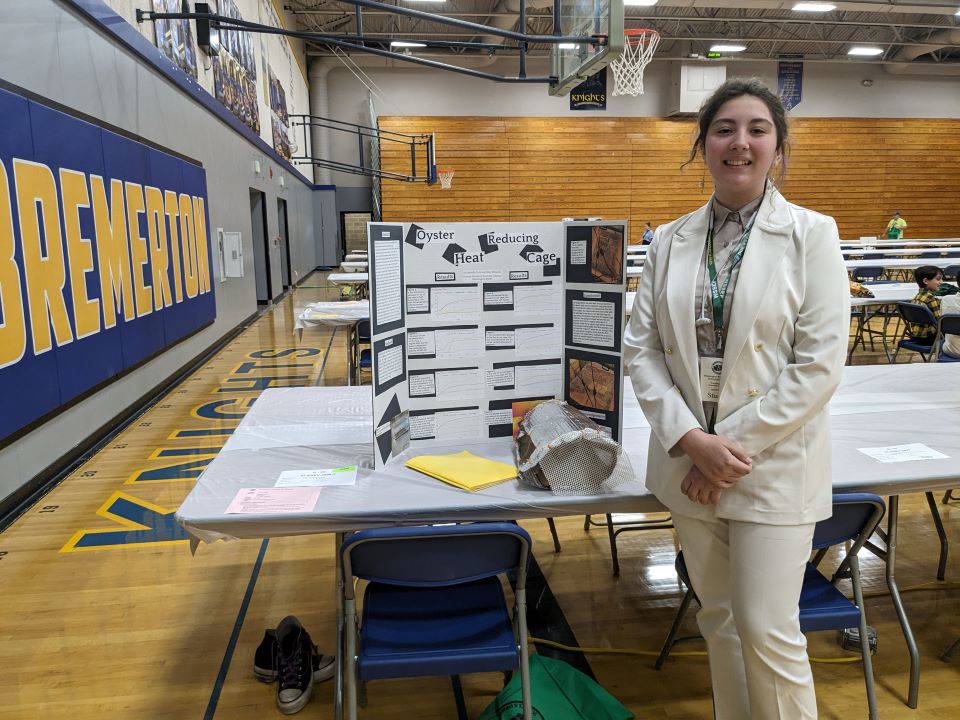Lemelson Foundation, Young & Amazing
Preventing Snakebites: How one young innovator is using STEM to lessen snake encounters

For the fourth year, The Lemelson Foundation is giving $100 awards to outstanding young inventors in Society Affiliate Fairs with middle school participants around the country. The prize was especially created to reward young inventors whose projects exemplify the ideals of inventive thinking by identifying challenges in their communities and creating solutions that will improve lives.
In the United States, the National Institute for Occupational Safety and Health (NIOSH) estimates around 7,000 to 8,000 people are bitten by venomous snakes each year. Of those bitten, NIOSH reports around five people die. Venomous snakes in the U.S. include rattlesnakes, copperheads, cottonmouths or water moccasins and coral snakes.
After encountering a snake in her community and believing it was venomous, Keertana Jillella’s mother began checking the backyard for snakes before allowing Keertana and her sister to play outside. This inspired the seventh grader to develop HawkEYE, an automated process through an app to scan for, identify and safely deter snakes in nature. HawkEYE is an integrated system consisting of a mobile app, which can scan an area for snakes on demand, a camera to capture pictures of the area, an algorithm to classify the pictures and an intervention mechanism triggered by the algorithm’s output. The intervention mechanism aims to drive snakes back to their habitats by spraying water on them, as the app interface provides the user with information about the snake.
Keertana used Raspberry Pi to program HawkEYE. “The camera rotates 360 degrees on a servo motor, sending an image of the backyard to the Raspberry Pi at each 15-degree step,” she explained. “The algorithm takes these images from a folder and analyzes them, and if a snake is found, tells the stepper motor to direct a jet of water towards it. The stepper motor runs for three seconds. After that, information about the snake, including a photo, species name, whether it is venomous or not, specific behaviors and first-aid information is sent to the app, alerting the user.”
The first prototype of Keertana’s intervention mechanism was designed to monitor small outdoor areas like backyards. She built it using a stepper motor, connected to the Raspberry Pi through multiple wires, and added a water source. Keertana says she is in the process of building a larger, second prototype that could monitor larger areas like farms and parks. “I am using an autonomous vehicle, independent from human interference or supervision, that carries the intervention mechanism. It has a very different design,” she shared. “Instead of a huge stepper motor with lengthy inlet and outlet pipes, there will be a small, sharp nozzle that can move from side to side to maximize coverage. The water source will be inside the container, and there will be short pipes that supply water to the nozzle.”
The autonomous vehicle will be programmed to move along designated paths covering a large area. If a snake is detected along the way, HawkEYE would trigger the intervention mechanism (the jet of water) to drive the snake back to its habitat. This design would allow for constant monitoring without the need for human action or direction. Keertana is also working to add a night vision camera to her prototype, as snakes are active during both the day and night.
By 2030, the World Health Organization (WHO) has a goal of reducing venomous snakebite cases by 50% by supplying tropical countries with antivenom. To supply these countries with the right antivenom, information about which species of venomous snake causes the highest number of snakebite cases in that location is necessary. To gather this information, the WHO created a snakebite database where people can enter venomous snakebite cases.
But as Keertana explains, the problem is, people often aren’t aware of what snake bit them.
“My vision is to have HawkEYE do this for them. This is still in the basic stages, but I am working on using a bot to automatically enter the snake’s information into WHO’s data platform whenever the algorithm spots a venomous snake,” said Keertana. “I hope HawkEYE will be able to supply WHO with the right information, helping the organization supply the right antivenom to countries that need it and reduce snake bites worldwide.”


